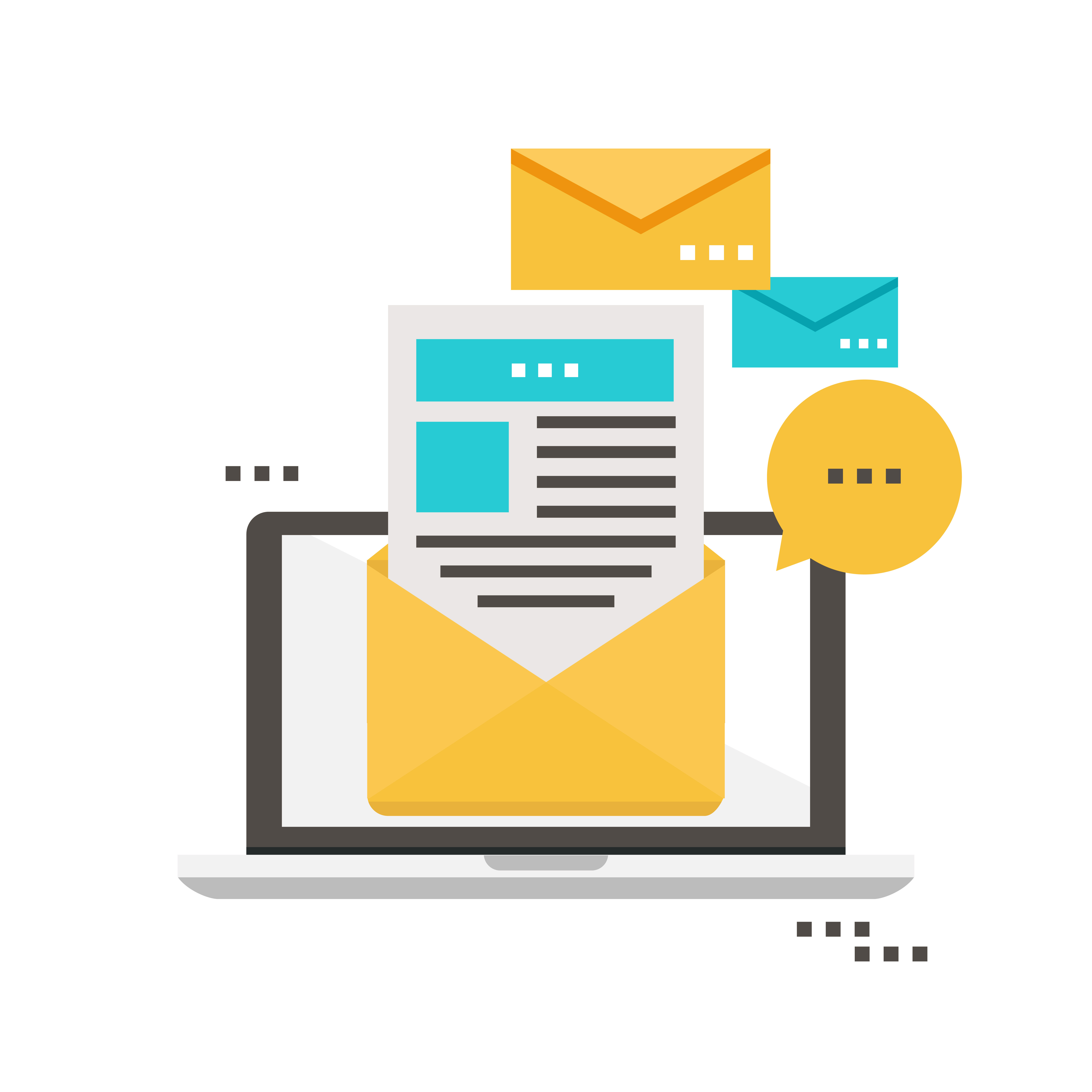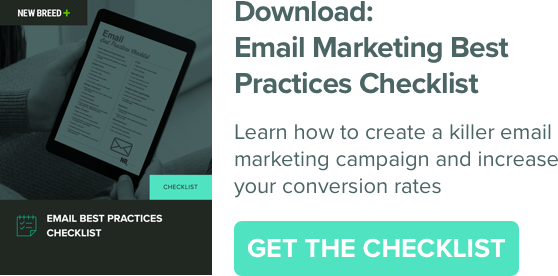
Email templates are the house for your email content. They dictate the email’s style, header, footer and layout.
As your leads progress through the buyer’s journey, emails will most likely play a part in your nurture strategy. Thus your emails, and email templates, impact whether or not a prospect continues to evaluate becoming a customer with your company.
If you create a poor email experience, that can ruin a prospect’s perception of you.
- Emails containing too much code and design elements can be marked as spam and never arrive in the recipient’s inbox
- Too many images can make your email appear overly promotional
- Broken styling can prevent people from clicking buttons or even seeing messaging
- Incompatible formatting can lead to the reader seeing your raw HTML and CSS
When these types of things happen and prospects lose interest in your company, you lose the opportunity to nurture them further down the funnel.
The Benefits of Simple Email Templates
They work better across all email clients
-2.png)
There’s a whole slew of email clients that will render your emails differently. Even the same email client will display your content differently depending on whether it’s being used on mobile or a desktop and what browser it’s open in. For example, the same email can appear differently in Gmail for Google Chrome, Gmail for Safari, Gmail for Firefox, Gmail for Explorer and Gmail for mobile.
All of these different combinations can make it difficult to ensure a design-heavy email will always display correctly. The best solution is to keep your emails simple.
They are quicker to produce
You should be emailing your database on a regular basis. The more creativity and design complexity you add to an email, the more time it takes to create that email. However, a bigger resource investment does not guarantee better open rates and click-through rates.
If the increased time investment does not lead to improved results, then you’re wasting resources that could be better spent elsewhere. Additionally, spending more time on each email limits how many emails you can send to your database. On the other hand, using a simple email template can actually increase your email production efficiency.
They’re tried and true
A text-based email that has minimal design elements won’t drastically change in how it works from email to email. Therefore if you send one templated email successfully, you can likely keep reusing that template with minor edits to the CTA button link or featured image each time.
However, an email template with multiple design elements that change significantly from email to email will need to be retested each time. Plus, the more elements you have that need to be updated for each email, the more likely it is that a necessary update gets overlooked.
They don’t require help from devs or designers
The more complex an email template is, the more technical expertise is required to work with it correctly. Changes that should be simple can require more time and team members when text changes impact the layout. Whereas an email template with a plain text body can be easily used by a marketer with no knowledge of HTML or CSS.
Simple Doesn’t Mean Single
Using uniform templates across all your communications, whether they come from marketing, sales or your product or service team is vital for enforcing brand consistency. However, that doesn’t mean your company needs to only have one template. You can have a couple variations of email templates that have differing numbers of columns and subsections.
-2.png?width=426&name=unnamed%20(4)-2.png)
-2.png?width=434&name=unnamed%20(5)-2.png)
All-purpose email template versus newsletter template
The Takeaway
It can be easy to overthink email creation. In an effort to appear modern and cutting-edge, companies have a tendency to overdesign and overcomplicate their email templates. If your message can be conveyed in a single written sentence, it doesn’t need to be communicated through a minute-long video. If your written copy is buried amongst a plethora of graphics, you probably aren’t communicating what you want to the reader.
But, a simple plain text email isn’t the end-all, be-all of email templates. The takeaway of this post is not that you shouldn’t include any images or styling in your emails. There is a time and place for creativity, but it’s not necessary for every email you send out.
Sending a combination of both plain text emails and creatively designed emails can help the innovative emails stand out more.
Guido Bartolacci
Guido is Head of Product and Growth Strategy for New Breed. He specializes in running in-depth demand generation programs internally while assisting account managers in running them for our clients.





